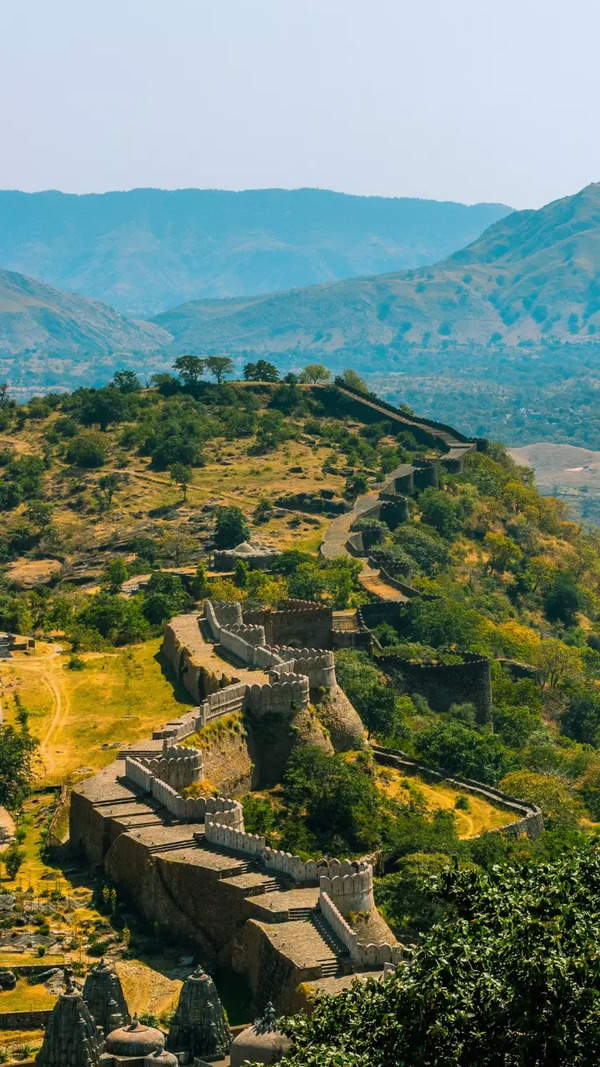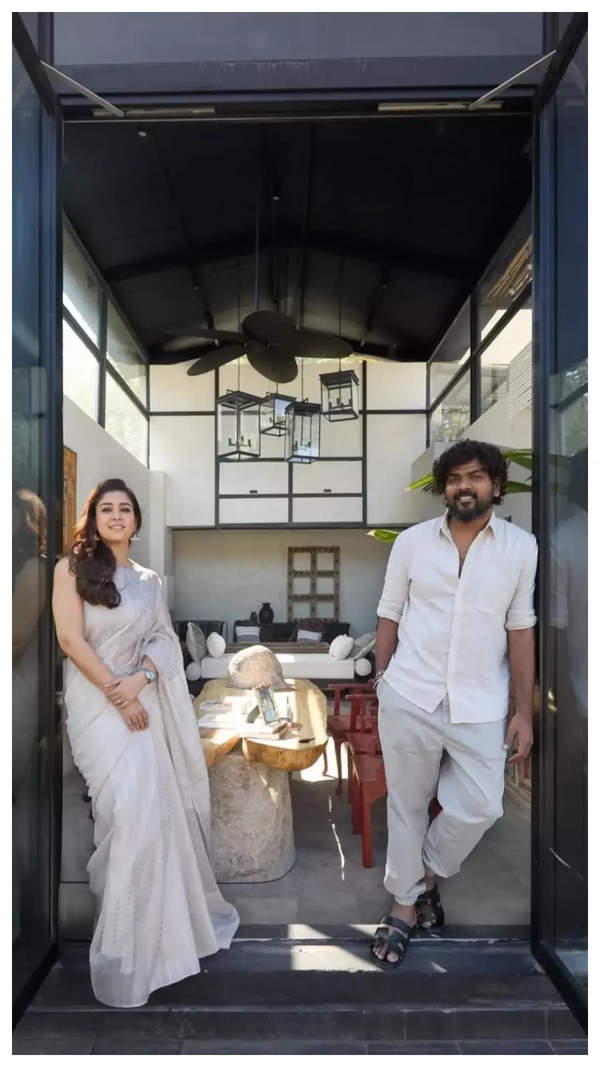- News
- Technology News
- Reviews
- Canon EOS R1 review: The professional's tool that makes everyone feel like one
Trending
Canon EOS R1 review: The professional's tool that makes everyone feel like one
Canon's new EOS R1 is designed for professional sports photographers, showcasing impressive build quality, a 9.44-million dot EVF, and AI-driven subject recognition. Amazingly, these features also benefit amateur photographers shooting street and portraits. While the camera is expensive, its capabilities and seamless integration of features make it a remarkable tool for any photography enthusiast.
You know that feeling when you walk into a high-end car showroom, and there it sits – the flagship model that makes everything else look ordinary? That's what picking up Canon's new EOS R1 feels like. The R1 is unmistakably aimed at professional sports photographers who need every possible edge when they are out there in the field. And, at its Rs 5,70,000 price tag — makes it is undeniably clear that it is professional-grade equipment for those who take their craft seriously.
Yet, here's where the story takes an unexpected turn: I am no sports photographer and neither do I endeavor a lot onto the grounds to click journalistic pictures, but my time with it turned out to be quite fulfilling. As an amateur photographer who mainly shoots street, portraits, and the occasional portraits, I discovered that this camera isn't just about capturing split-second athletic moments – it's about the pure joy of using a tool that's been refined to near perfection, even if you're not part of its target audience.
The first encounter
The R1 is a big camera. At 1,115 grams, it is substantially heavier than most mirrorless cameras you might be used to. However, somehowthey've made a camera that feels lighter than it looks. The vertical grip, which I usually find cumbersome on other cameras, feels natural here, giving the body a symmetrical heft that feels remarkably balanced, even with heavy lenses.
Through the looking glass
I've used considerably good number of cameras, and have peeked into some electronic viewfinders, but the R1's 9.44-million dot EVF is in a class of its own. It's not just about the resolution – though that's impressive enough – it's about how natural it feels. The 0.9x magnification provides a expansive view that makes composition feel more immersive than clinical. I could track players across the field without ever feeling like I was looking through a digital window.
The Eye Control AF, which lets you select focus points by simply looking at them through the viewfinder, works surprisingly well once calibrated properly. While it took me a few attempts to get it set up correctly, the ability to simply look at a subject and have the camera understand my intent feels almost magical when it works. The anti-fog coating and enhanced brightness proved invaluable during early morning shoots when temperature changes would normally cause viewfinder condensation.
This camera just gets you
Here's where things get interesting for non-sports photographers. While the R1's 40fps burst rate might seem excessive for street photography, the camera's intelligence in tracking subjects is transformative for any kind of photography involving people or movement. The new Action Priority mode, again primarily designed for specific sports, shows remarkable adaptability in everyday situations.
The new AI-driven subject recognition isn't just about speed – it reduces the mental overhead of photography. You spend less time thinking about focus and more time thinking about composition. Talking a stroll through the bylines, I found some street performers, and I quickly took out the camera to shoot them. Let me tell you, the R1 didn’t even take a second to track their faces and bodies through the crowds covering them.
Some might balk at the R1's "modest" 24-megapixel resolution, especially given the camera's premium pricing. However, after several weeks of shooting everything from street portraits to indoor sports, I've come to appreciate Canon's choice. The files have a remarkable malleability in post-processing, with excellent dynamic range and clean high ISO performance that makes shooting in challenging light a non-issue.
The new AI upscaling feature, which can create 96-megapixel images in-camera, is more than a gimmick. While I wouldn't rely on it for every shot, it's quite effective for situations where you need extra resolution for large prints or aggressive cropping.
Living with the R1
The R1's real strength isn't in any single feature but in how everything works together seamlessly. With this camera in my hand, I was able to capture sequences that would have been challenging with any other camera.
Since it’s meant for serious sports photographers, I tried to be one for a day. I took the R1 to a local cricket match happening near my home — and all the 22 of them weren’t so professional to get “professional” shots of them, yet the camera made them look serious. Same happened when I took it to a badminton tournament, the players shine through and through.
I really have to give it to the pre-capture feature, aside from the quick auto-focus and all that AI working in the background, this makes the camera buffer up to 20 frames before you fully press the shutter, which saved me more than once when anticipating quick plays.
Street photography, traditionally the domain of smaller, more discrete cameras, takes on a different character with the R1. Yes, you'll draw more attention, but the camera's incredible autofocus and dynamic range mean you'll rarely miss a shot, even in challenging lighting conditions. The camera's ability to switch seamlessly between different focusing modes and its excellent face detection make it surprisingly effective for candid photography.
While video might not be the primary focus for most R1 buyers, the camera's capabilities are impressive. The ability to shoot 6K RAW at up to 60fps, combined with excellent autofocus tracking, makes this a serious hybrid tool. During several shoots, I found myself switching between stills and video without any compromise in quality or capability.
The heat management is notably better than previous Canon cameras, with no recording limits in most practical situations. The addition of Canon Log 2 and improved audio options makes this a viable option for professional video work, though dedicated video shooters might still prefer a more video-centric body.
The battery life is excellent – I regularly got through full day shoots without needing a spare. The dual CFexpress Type B card slots provide peace of mind for critical shoots. Then, the ethernet port supporting 2.5Gbit speeds and built-in GPS aren't features casual photographers typically require, but they're essential for working professionals.
The final frame
The question isn't whether the R1 is a great camera – it unquestionably is. But, the challenging part: the R1 is undeniably expensive, and its capabilities far exceed what most photographers need. It's built for professionals who make their living with their camera, particularly in sports and action photography. The build, reliability, and specific features like Action Priority autofocus make it uniquely suited for this audience, and that's precisely what makes it special — trying not to be everything to everyone.
But, that doesn’t mean, people like you and me (I mean amateurs), have no purpose for it. The R1 can be more than just a professional tool. Yes for the heavyweights, like sports photographers and serious enthusiasts, the R1 is likely the best tool currently available. But, for everyone else, it's a reminder that while you don't need the ultimate camera to take great photos, using one can be an absolute joy and make you feel like a pro.
Our rating: 4/5
End of Article
Latest Mobiles
FOLLOW US ON SOCIAL MEDIA









